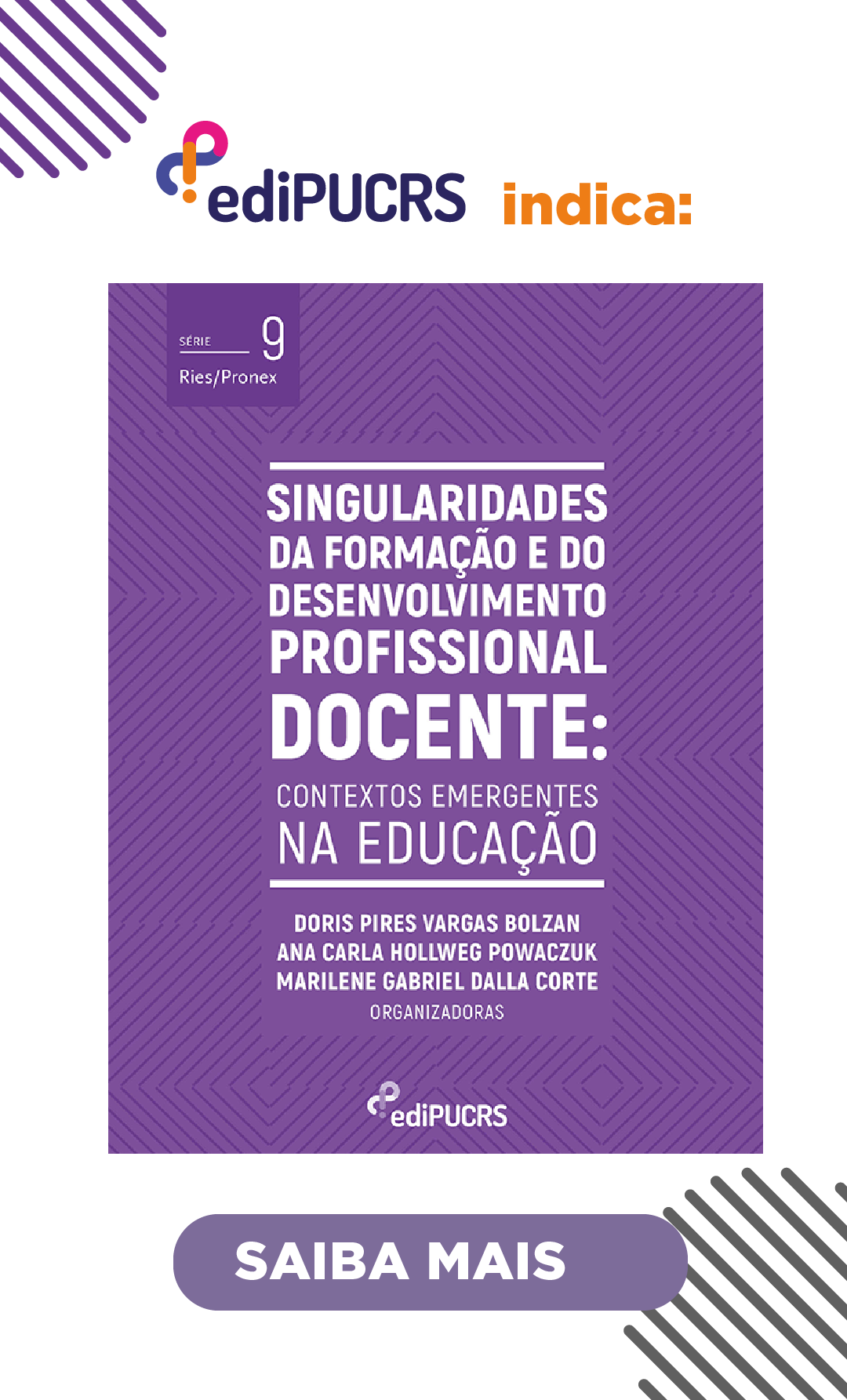Digital technologies in education and school processes during a COVID-19 pandemic
Reports analysis
DOI:
https://doi.org/10.15448/2179-8435.2020.2.38859Keywords:
Methodology, Teaching, Teaching-learning methodologies, Education, Digital TechnologyAbstract
However great the optimism in the context – School Education vs. Pandemic COVID-19 – it’s necessary to understand the challenges that will be faced in the school educational processes during and after the pandemic, so that communication is careful and subtlety in dealing with school communities, addition to institutional, regulatory and legal reform that will provides for greater investments in infrastructure in education when we talk about Information Technologies. To think that although “everyone has cell phones”, the internet and the power necessary for remote classes are not in the domain of most young people. The only way to get students and families engaged in this moment is to be calm, caring for others and understanding how the school will behave. We do not have all the answers to solve the great distance between technology and the educational context, but it is already known that we can no longer go back. Technologies are allies of great significance. The following article brings us personal reports from teachers in different contexts and places as well our reflections about how Education is working remotely and the teacher’s feelings and perceptions about it. In the last 20 years, although we have available technologies, our focus was still much more in face-to-face classroom lessons and in groups called remote learning, now, in practice, on-line applications and platforms have started to be used in some moments, and teachers and students have been forced to adapt again not only for school education, but also for how they job, to their personal life, for everything.
Downloads
References
ARAÚJO, Marco Antônio Pereira. A Inclusão Digital como Estratégia para Resgate da Cidadania e Diminuição da Exclusão Social e Econômica. 2009. Disponível em: http://revistas.faa.edu.br/index.php/FDV/article/download/50/32/. Acesso em: jun. 2020.
BACICH, L.; TANZI NETO, A.; TREVISANI, F. de M. (org.). Ensino Híbrido: Personalização e Tecnologia na Educação. Porto Alegre: Penso, 2015 CNE- CONSELHO NACIONAL DE EDUCAÇÃO, Parecer 005/2020. 2020. Disponível em http://portal.mec.gov.br/index.php?option=com_docman&view=download&alias=145011-pcp005-20&category_slug=marco-2020-pdf&Itemid=30192. Acesso em: maio 2020.
COMITÊ GESTOR DA INTERNET NO BRASIL, Acesso à Internet por banda larga volta a crescer nos domicílios brasileiros. 2018. Disponível em https://cgi.br/noticia/releases/acesso-a-internet-por-banda-larga-volta-a-crescer-nosdomicilios-brasileiros. Acesso em: maio 2020.
CGI.br. IX.BR alcança marca de 10 Tb/s de pico de tráfego Internet. Comitê Gestor da Internet no Brasil – CGI.br, [s. l.], 25 mar. 2020. Disponível em: https://cgi.br/noticia/releases/ix-br-alcanca-marca-de-10-tb-s-de-pico-de-trafego-internet/. Acesso em: 10 jul. 2020.
EL PAÍS, Como o coronavírus vai mudar nossas vidas: dez tendências para o mundo pós-pandemia. 2020. Disponível em: https://brasil.elpais.com/opiniao/2020-04-13/como-o-coronavirus-vai-mudar-nossas-vidas-dez-tendencias-para-o-mundo-pos-pandemia.html. Acesso em: jun. 2020.
IBGE – Instituto Brasileiro de Geografia e Estatística, Brasil - Panorama. 2020. Disponível em: https://cidades.ibge.gov.br/brasil/panorama. Acesso em: maio. 2020.
FILATRO, A. Design Instrucional na prática. São Paulo: Pearson Education do Brasil, 2008.
MEC – Ministério da Educação, Educação Superior à Distância. 2005. Disponível em: http://portal.mec.gov.br/instituicoes-credenciadas/educacao-superior-a-distancia. Acesso em: jun. 2020.
MOORE, Michael G; KEARSLEY, Greg. Educação a distância: uma visão integrada. Tradução Roberto Galman. São Paulo: Cengage Learning, 2008.
MORAES, Roque; GALIAZZI, Maria do Carmo. Análise textual: discursiva. Editora Unijuí, 2007.
ONU, ORGANIZAÇÃO DAS NAÇÕES UNIDAS, Unesco: covid-19 deixa mais de 776 milhões de alunos fora da escola. 2020. Disponível em: https://news.un.org/pt/story/2020/03/1707522. Acesso em: maio 2020.
SANTOS, P. K.; SCHWANKE, C.; MACHADO, K. G. W. Tecnologias digitais na educação: possibilidades para o desenvolvimento da educação para a cidadania global. 2017. Educação Por Escrito, Porto Alegre, v. 8, n. 1, p. 129-145, jan.-jun. 2017. https://doi.org/10.15448/2179-8435.2017.1.27674
VALENTE, José Armando. Informática na educação. NIED-UNICAMP e CED-PUCSP. 2007. Disponível em: http://www.nte-jgs.rct-sc.br/valente.htm. Acesso em: 15 ago. 2009.
YOUSSEF, Antônio Nicolau; FERNANDEZ, Vicente Paz. Informática e sociedade. São Paulo: Ática, 1994. 64 p.
Downloads
Published
How to Cite
Issue
Section
License
Copyright (c) 2020 Educação Por Escrito

This work is licensed under a Creative Commons Attribution 4.0 International License.
Copyright
The submission of originals to Educação Por Escrito implies the transfer by the authors of the right for publication. Authors retain copyright and grant the journal right of first publication. If the authors wish to include the same data into another publication, they must cite Educação Por Escrito as the site of original publication.
Creative Commons License
Except where otherwise specified, material published in this journal is licensed under a Creative Commons Attribution 4.0 International license, which allows unrestricted use, distribution and reproduction in any medium, provided the original publication is correctly cited.





